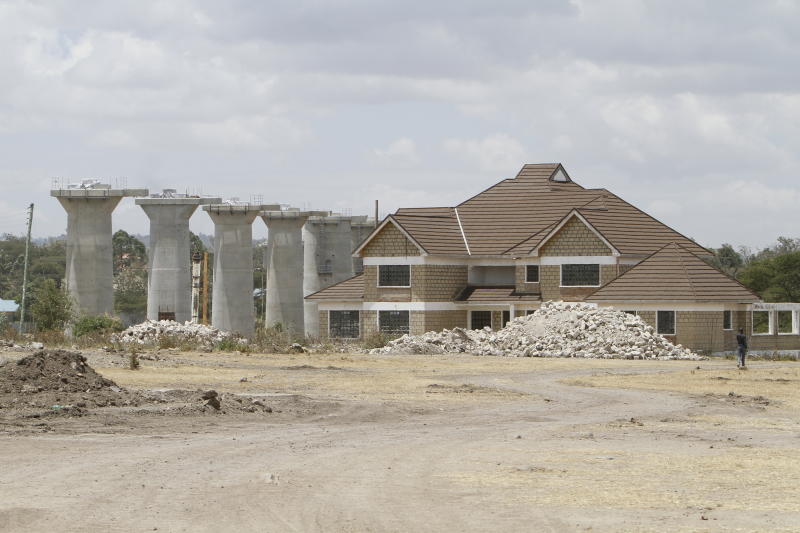×
The Standard e-Paper
Join Thousands Daily

Are you hoping to sell sand to the Chinese contractor behind the second phase of the Standard Gauge Railway? We have bad news for you.
The contractor has figured out a way of making sand out of the volcanic rocks strewn all over the Rift Valley floor, thus ditching ordinary construction sand.